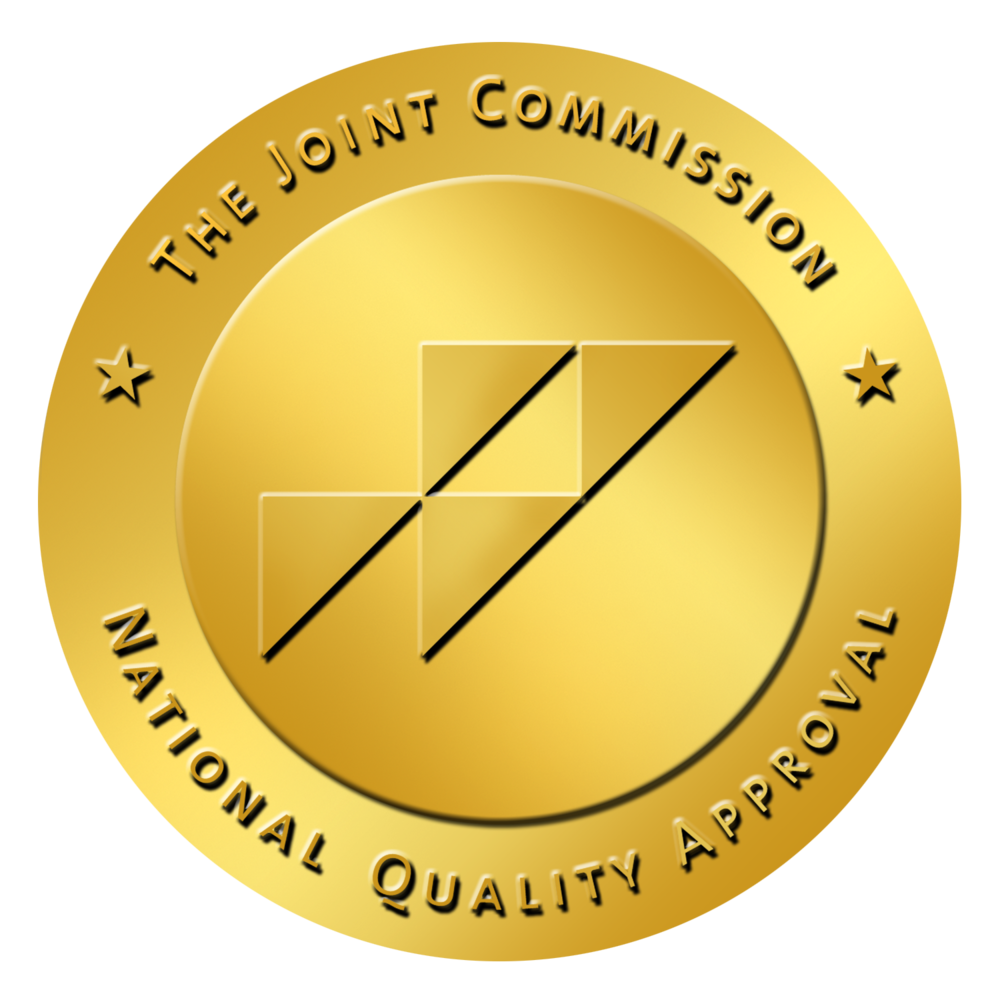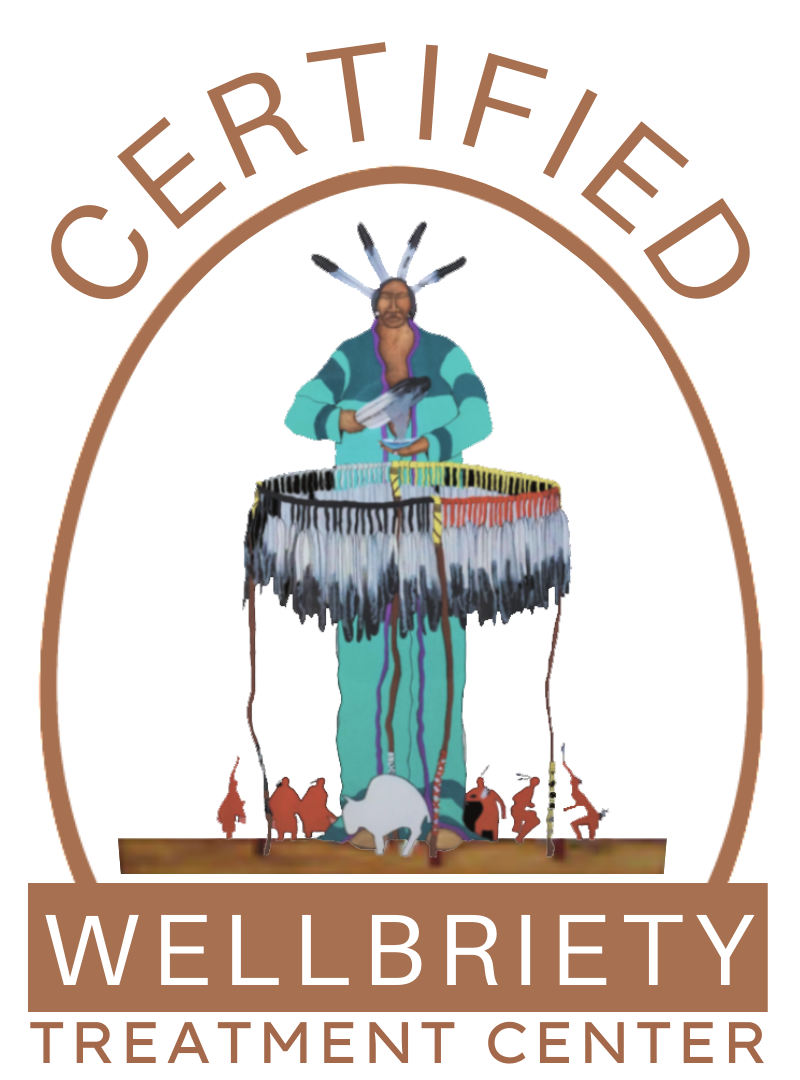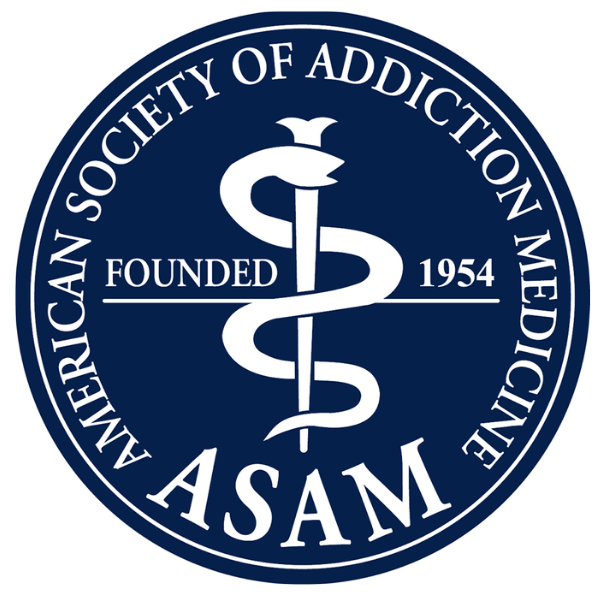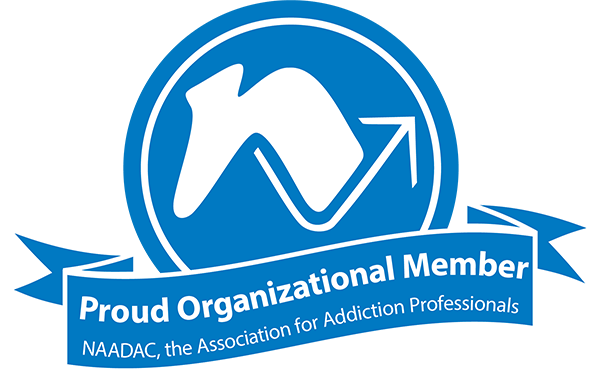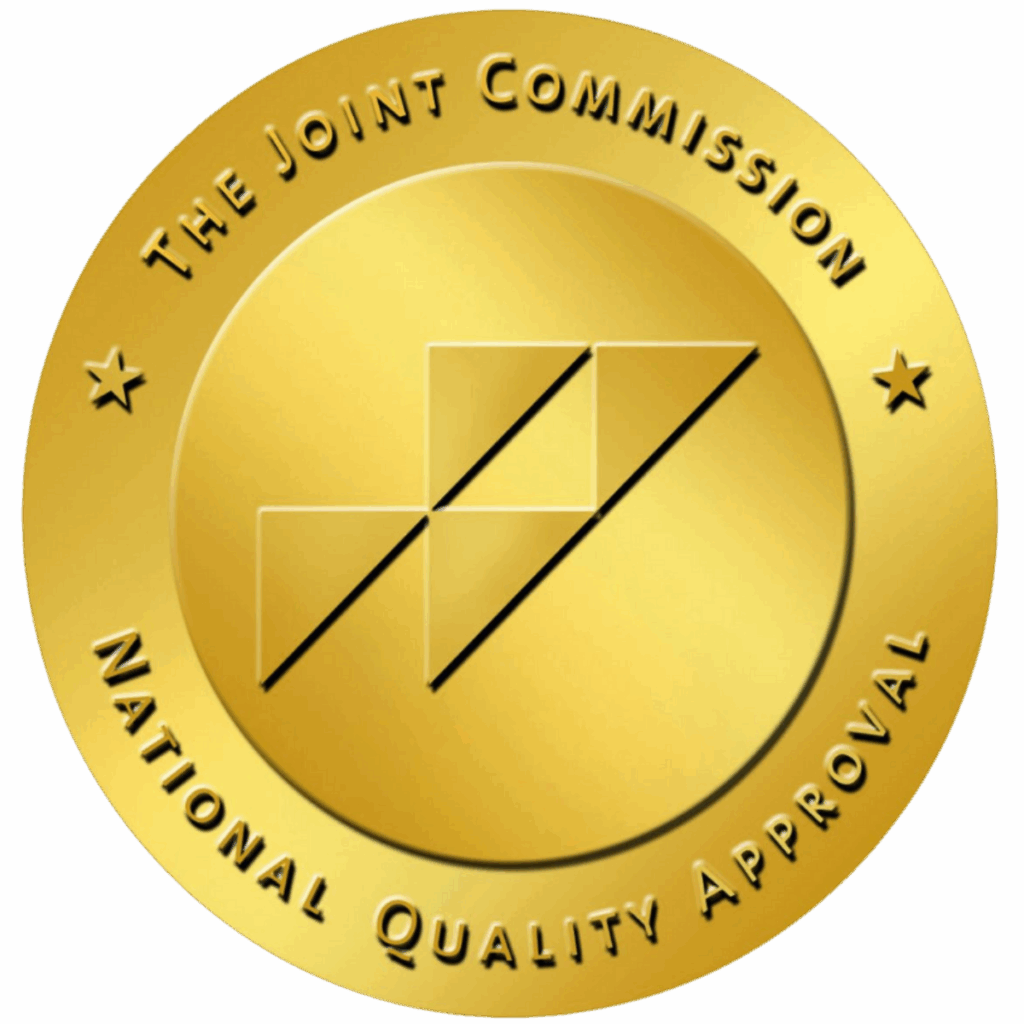Traumatic experiences can leave an indelible impression on anyone. Many people will face a potentially traumatic event at some point in their lives, leaving deep emotional wounds that, difficult as they may be to cope with, come to pass given time and nurturing.
Military and emergency services personnel often have a vastly different relationship with trauma, facing repeated, sustained exposure to life-and-death crises, expressly to keep civilians and citizens safe.
Serving and deployed, 87% of United States soldiers in a study reported exposure to at least one potentially traumatic event. In 2024 alone, nearly 14% of active service male and 24% female veterans were diagnosed with Post-Traumatic Stress Disorder, according to the National Center for PTSD.
First responders face similar challenges with the job stressors that can bring about PTSD. “Most of us never see or hear first-hand the horrible things human beings can do to each other, but first responders do,” writes Conrad Weaver for the National Alliance on Mental Illness. “While the rest of us run away, police officers, firefighters and paramedics run toward someone’s worst day.”
Left untreated or unacknowledged, PTSD can continue to adversely impact and worsen a person’s mental health and day-to-day life. But the good news is that PTSD treatment is available and effective. Read on to learn more about how treatment for PTSD can help.
What Is PTSD?
PTSD is a psychiatric condition (one of many mental health disorders) that can begin to develop in people who may have experienced or witnessed a particularly traumatic, stressful or scary event. People with PTSD continue to relive the experience — even when the danger has long passed — through intrusive memories, flashbacks and distressing dreams and nightmares. Just a single, especially terrifying short term experience can trigger PTSD in many people.
What Causes PTSD?
Traumatic moments that may pose a danger to your well-being can become a pivotal cause of PTSD. You might be involved or sustain injuries in a serious car accident or survive natural disasters like a hurricane or earthquake. The sudden shock of a loved one’s unexpected death, the diagnosis of a medical condition or enduring physical or emotional abuse or sexual assault are all possible causes of PTSD and its various traumatic stress responses.
Vets and first responders can also develop PTSD from these same experiences, but they’re especially at risk due to the added, high-risk nature of their professions. Combat exposure and direct involvement in firefights — where soldiers may need to partake in violence during war and see their teammates injured or unable to save their lives — remain some of the chief reasons for PTSD in military service, harkening back to its connotations as “shell-shock” or “combat fatigue” in the early 20th century.
Being witness to tragic events, even just as an observer, can also prompt development of PTSD as a mental disorder. Repeatedly seeing the aftermath of horrific accidents, violent crimes or disasters is commonplace not just for vets, but police, firefighters and paramedics alike, even when rescue operations have been successful. Likewise, the recurring memories of traumatic events can be accompanied by feelings of survivor’s guilt, questioning why they survived a warzone deployment or catastrophe when others did not. Military Sexual Trauma, or MST, is another PTSD risk factor.
Research also shows that people with PTSD may show unnatural hormonal levels and the number of neurotransmitters in the brain. According to the Cleveland Clinic, childhood trauma, a lack of a support network, physical injury from the trauma or co-occurring mental health or substance abuse issues can also contribute to PTSD.
How Is PTSD Diagnosed?
To receive a proper diagnosis of PTSD, a qualified mental health professional (like a therapist or psychologist) will first meet with you to learn about your story and potential PTSD symptoms you might be experiencing. They’ll make a diagnosis based on eight different criteria points extrapolated in the DSM-5, the fifth edition of the Diagnostic and Statistical Manual of Mental Disorders:
- Exposure to life-threatening violence: An individual needs to face death, the threat of death or potentially grave injury or sexual violence, either by experiencing it directly or witnessing the trauma in another person (common in the line of duty for professionals like first responders, EMTs and the like).
- Routine distress: A traumatic event must be routinely, persistently re-experienced for a PTSD diagnosis. This means that you must experience upsetting, unwanted memories, nightmares and flashbacks to a traumatic experience, and struggle with emotional distress and physical reactivity to reminders and triggers in your daily life.
- Avoidant behavior: One symptom of PTSD that meets the criteria for a diagnosis is actively avoiding trauma-related thoughts, feelings and reminders, either by choosing not to talk about the experiences or staying away from the people, places or situations that remind you of the trauma (including those involved in the traumatic experience).
- Altered mental state: PTSD is characterized by negative, adverse changes in thoughts, feelings or mood that either started or became worse following the trauma. You must experience at least two symptoms, like being unable to recall key features of the trauma, overly negative thoughts about yourself or the world, distorted blame, persistent negative emotions (like fear or shame) or feeling isolated from others or activities you once enjoyed.
- Reactive behavior: PTSD can show itself in tangibly outward ways. For a diagnosis, you must show at least two clear instances of a few symptoms, including irritability or aggression, risky or destructive behavior, hypervigilance, heightened startle reactions, difficulty concentrating or trouble sleeping.
- Duration of symptoms: The signs and symptoms listed above must last for more than a month to be diagnosed with PTSD.
- Level of impairment: One’s PTSD symptoms must create significant distress or functional impairment — socially and occupationally — in their life.
- Non-substance related: Your PTSD symptoms can’t be due to using medication, substances (like drugs or alcohol) or because of an illness.
Post-Traumatic Stress Disorder Symptoms
The signs and symptoms of PTSD that the DSM-5 categorizes in its eight criteria can be further broken out into four distinct clusters:
Intrusive Thoughts and Memories
In PTSD, intrusion means that a person’s trauma intrudes on their thoughts and reality — unwanted, long term memories of a traumatic event, nightmares or active, vivid flashbacks that can either come without warning or be triggered by something observed that reminds you of the trauma. For a veteran, it might be something as seemingly innocuous as summer fireworks that trigger memories of combat gunfire; for a firefighter, recurring memories of a specific rescue where lives weren’t saved despite the team’s valiant efforts.
Avoidant Behavior
Traumatic memories are some of the most painful that someone with PTSD can harbor, and as a conscious or subconscious effort to create distance from them, avoiding the trauma may initially seem logical. You might avoid outright even the slightest reminders of traumatic moments — from people, places, objects, activities and scenarios that might create distress. But it just pushes the trauma away without addressing it.
Negative Thoughts and Feelings
Some symptoms of PTSD mimic depression in the way that the condition can alter one’s mental framework into a negative narrative. You might develop a negative worldview about yourself, others or the world around you, combined with an emotional numbness and feeling of detachment from others. It can lead to an inability to feel joy, love and positive sentiments along with a sense of guilt or shame, often stemming from perceived — however accurate or inaccurate — failures during the traumatic event.
Hyperarousal and Reactivity
PTSD encourages a state of hypervigilance — a feeling of being constantly “on,” on edge at all times and being overly watchful of one’s surroundings, according to the Cleveland Clinic. Reactive behavior might include irritable, aggressive behavior or snapping at loved ones over minor issues; reckless or self-destructive behavior; or trouble concentrating or falling asleep.
Treatment for PTSD
The right mix of ingredients that go into PTSD treatment has been proven effective. One study of 22 vets, in a 12-week program performed by the Minneapolis VA Health Care system, showed that a combination of therapies helped 91% of participants reduce their PTSD symptoms, according to the U.S. Department of Veterans Affairs.
Here, the ideal PTSD treatment plan will include a balanced mix of therapy and medication, if needed:
Therapy for PTSD
Therapy for post-traumatic stress disorder provides a safe and supportive space for individuals to process trauma, manage distressing symptoms, and rebuild a sense of control in their lives. Whether the trauma stems from combat, abuse, accidents, or other life-altering events, effective PTSD treatment helps people confront painful memories, reduce anxiety, and improve overall well-being. Through research-based approaches, individuals can begin to heal from the emotional and psychological impact of trauma. Therapy not only offers tools for coping but also fosters hope for a future beyond survival. Here are some of the PTSD treatment options at Aliya Veterans.
Trauma-Focused Cognitive Behavioral Therapy (CBT)
Among talking therapies, CBT aims to reconcile the connection between your thoughts, feelings and behaviors — and that by challenging and reframing a negative mindset that can accompany PTSD, depression, anxiety or other mental health conditions, you can think, feel and act more positively. Trauma-focused CBT incorporates this approach with the learning how your mind and body react and respond to traumatic stressors.
Eye Movement Desensitization and Reprocessing (EMDR)
A method called bilateral stimulation — moving your eyes in a guided, specific way to help you process traumatic memories — is the foundation of EMDR, a type of trauma therapy started in the 1980s by psychotherapist Francine Shapiro. EMDR works by helping the brain retrain how it looks at trauma — namely, putting it behind you as a past event instead of a current, relevant danger so you can move past it and live in the present.
Exposure Therapy
Many people with PTSD believe that exposure to trauma can only exacerbate the condition, so reminders and triggers should be avoided. But exposure therapy works against this notion. Here, you’re gradually, slowly and safely faced with your trauma triggers in a controlled manner to habituate yourself to the trauma and become less afraid of it as therapy progresses.
Acceptance and commitment therapy (ACT)
ACT therapy works in a two-pronged approach: accepting that your thoughts, emotions and reactions to trauma, no matter how distressing, are valid, and that you can commit to making change without having to sacrifice your personal value system. Instead of rejecting or burying traumatic thoughts and feelings (common in PTSD), you might learn mindfulness skills to accept that they exist, they happened and they cause distress — but that you can change your relationship with them and reach new personal goals in the process.
Dialectical behavioral therapy (DBT)
A type of therapy for people who experience emotional dysregulation very intensely, DBT teaches four primary skill sets: mindfulness, distress tolerance, emotion regulation and interpersonal effectiveness. Like ACT, DBT works in a similar fashion, helping you to ultimately accept the reality of life, even with the presence of past trauma, while prompting you to learn that change is possible through your own mindset and efforts. DBT usually takes place in a support group setting, key in building better relationships that DBT therapy is specialized for.
Medication for PTSD
Medication can play a crucial role in the treatment of post-traumatic stress disorder (PTSD), especially when symptoms such as anxiety, depression, insomnia, or intrusive thoughts interfere with daily life. While therapy remains a cornerstone of PTSD recovery, certain medications—most commonly antidepressants like SSRIs—can help regulate mood, reduce hyperarousal, and improve overall emotional stability.
Medication is often used alongside psychotherapy to create a more balanced and comprehensive approach to healing. For many individuals, the right medication can ease the intensity of PTSD symptoms, making it easier to engage in therapy and begin the journey toward long-term recovery.
Antidepressant Medication
Because some PTSD symptoms mirror those of depression (like having a negative worldview that doesn’t lift on its own), antidepressants are often prescribed if symptoms are especially difficult or if someone has a tough time with treatment. In general, doctors prescribe two types of drugs for PTSD:
- SSRIs (Selective Serotonin Reuptake Inhibitors) increase levels of serotonin in the brain, a neurotransmitter that helps to regulate and bolster mood and reduce anxiety. Prozac, Paxil and Zoloft are some recognized brand names for SSRIs.
- SNRIs (Serotonin-Norepinephrine Reuptake Inhibitors) are also used for treating depression and anxiety that go hand-in-hand with PTSD. They work by blocking the reuptake, or reabsorption, of serotonin and norepinephrine back into the brain, making them available as active neurotransmitters to help allay symptoms.
Anti-anxiety Medication
Like antidepressants, anti-anxiety medications often do double duty in treating the anxiety that can play a significant, negative role in PTSD, no matter how mild or severe. To combat this anxiety, medication-assisted treatment sometimes includes being prescribed a benzodiazepine like Ambien to help with anxiety by calming the nervous system.
Take note, however, that “benzos,” as they’re often coined, are highly addictive, so take them only as prescribed. Psychiatrists will generally prescribe them for a short period to reduce side effects and their risk of dependence.
Supportive Medication
Prazosin is a type of medication called an alpha-blocker used mostly to treat high blood pressure. So how does it also aid in treating PTSD? The drug works, for one, in regulating the brain’s adrenaline response during sleep — more specifically, decreasing the amount of norepinephrine it produces — to reduce nightmares linked to PTSD that can disrupt sleep quality. It’s a supportive medication, so it may or may not be used in tandem with other drugs depending on one’s unique symptoms.
The Link Between Addiction and Trauma
According to the National Institute on Drug Abuse, traumatic experiences are closely linked with the likelihood of developing a substance use disorder (SUD). Drinking and drug use are often attempts at escaping or self-medicating from PTSD, especially to cope with stress from PTSD before a person knows they have it.
When a mental illness like PTSD and an addiction go together, it’s called a co-occurring condition that calls for special treatment.
Dual Diagnosis Treatment for PTSD and SUD
Additionally, when someone has a co-occurring disorder, both mental health problems aren’t diagnosed separately. A dual diagnosis is one diagnosis for two conditions, where both are treated simultaneously. A tailored treatment plan for PTSD and alcoholism, for example, might include a blend of trauma-informed CBT and group therapy akin to a 12-Step program, in addition to a holistic approach like meditation or expressive arts therapy.
The goal: to learn how both conditions interact with each other while still recognizing the unique impacts they pose. By addressing both together, you maximize your chances of recovery while preventing and avoiding relapse.
PTSD Treatment at Aliya Veterans
At Aliya Veterans, we understand that healing from trauma takes more than time—it takes trust, specialized care, and a deep understanding of what veterans and first responders have experienced. That’s why our PTSD treatment programs are designed specifically for those who have served, combining research-based therapies, medication management, and holistic support in a compassionate, structured environment. Whether you’re struggling with nightmares, flashbacks, hypervigilance, or emotional numbness, our expert team is here to help you regain control, find peace, and begin the journey toward lasting recovery.
Intensive, Trauma-Informed Care for PTSD
Aliya Veterans was started as an extension of Aliya Health with the express recognition of first responders and veterans and the challenges they face in the line of duty.
Many of our clinical staff, therapists, social workers and mental health professionals are veterans themselves with a deep recognition of the cultures inherent to military service and emergency response. We strive to meet you where you’re at because we’ve been there ourselves and can relate to how debilitating PTSD can be.
Our response is to offer a safe, supportive space of genuine understanding — a mental health facility to help you, without judgment, expectation or preconception, process trauma, manage your symptoms and truly find the personal growth that you deserve to live your best life.
How is mental health treatment intensive? We offer what’s called a compassionate continuum of care, where, at your disposal, are traditional outpatient sessions up to more rigorous programs that provide structure and support when you need it most.
Treatment For PTSD and Trauma Near Me
Whether you’re on active duty or retired from the service years ago, or you’re employed in any area of public safety, mental health services for PTSD are for anyone. PTSD doesn’t discriminate, so effective treatment for PTSD should embrace, include and support anyone just as you’ve supported others in times of crisis and need.
How can mental health in New Jersey help you recover from PTSD? Contact us today with your questions. Our admissions team is on call 24/7/365 to help you learn more about treatment options, what they involve and how much it costs (plus the opportunity to quickly verify your insurance coverage). If you’re ready to begin, or just to inquire for yourself or a loved one, we look forward to hearing from you.

